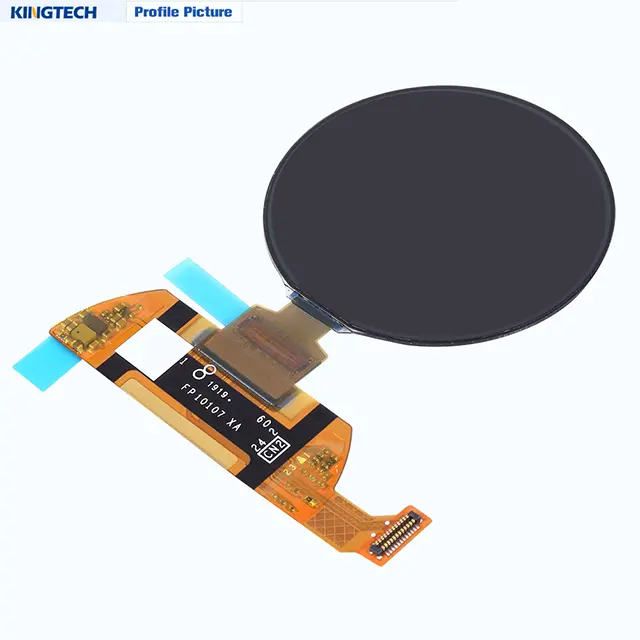What is TFT LCD:
TFT LCD stands for Thin-Film Transistor Liquid Crystal Display. This type of display technology uses a grid of tiny liquid crystals, each controlled by its thin film transistors to prevent the pixels. The liquid crystals can be manipulated to block or allow light to create the desired images we see. Here introducing some key points and applications of TFT LCD:
Applications:
- Generally, TFT LCDs are used in some commonly used electronic devices, including computer monitors, color accuracy and versatility.
- This is widely used in televisions, even for regular flat screens and advanced applications like digital signage.
- This is also broadly used in industrial equipment, medical devices and automotive displays.
Advantages:
- TFT LCD screens provide accurate color reproduction and a wide color gamut.
- This can achieve high brightness levels, making them suitable for outdoor use and well-lit environments.
- TFT LCD is a mature technology with a long history of development.
What is AMOLED:
AMOLED stands for Active Matrix Organic Light Emitting Diode, which is a cutting-edge technology that uses organic compounds to emit light and produce color. Each pixel in an AMOLED display is a tiny organic LED comprising three sub-pixels that emit light independently, allowing for more control over each pixel. Here are some key points and applications of AMLED.
Applications:
- AMOLED display technology is extensively used in smart-phones and tablets because it provides advanced facilities, including vibrant colours, high contrast ratio, and deep blacks, enhancing the visual experience.
- This is most suitable for wearable devices like smart-watches due to its flexibility and ability to create curved displays.
- This is also widely used in virtual reality (VR) and augmented reality (AR) headsets for its fast response times and immersive visual qualities.
Advantages:
- AMOLED screens provide accurate black levels and high contrast ratios because of the ability to turn off individual pixels.
- AMOLED display technology has a short response time than TFT LCD, making them suitable for gaming and fast-motion content.
- Its flexible and curved display possibilities allow for unique factors and designs.
In brief, TFT LCD vs AMOLED are different display technologies with their strengths and applications. TFT LCDs are acquainted with their color accuracy and brightness, making them suitable for various applications, from computer monitors to TVs. On the other hand, AMOLED displays provide deep blacks, high contrast ratios, and flexibility, making them popular for smartphones, wearable devices, and immersive experiences like VR and AR. The display technology that is best for you will depend on your needs and priority. It is up to you to decide which type of display is best for your needs.
Where is the best place to buy TFT LCD and AMOLED displays?
Many display manufacturers are in the market, but Kingtech is the best place for TFT LCD and AMOLED displays. It specialized in TFT LCDs, AMOLED and PMOLED displays that concentrate on small and middle-size display modules from 0.91 to 27 inches. These products are widely used in industrial, medical, smart home, handled devices etc. They also provide custom projects according to customer preferences. Their LCD panel cutting factory, such as Samsung, Innolux, Hannstar, and BOE, helps to provide customers with stable supply and effective products. It is a hardware/ Software solution with a complete product assembly factory.

